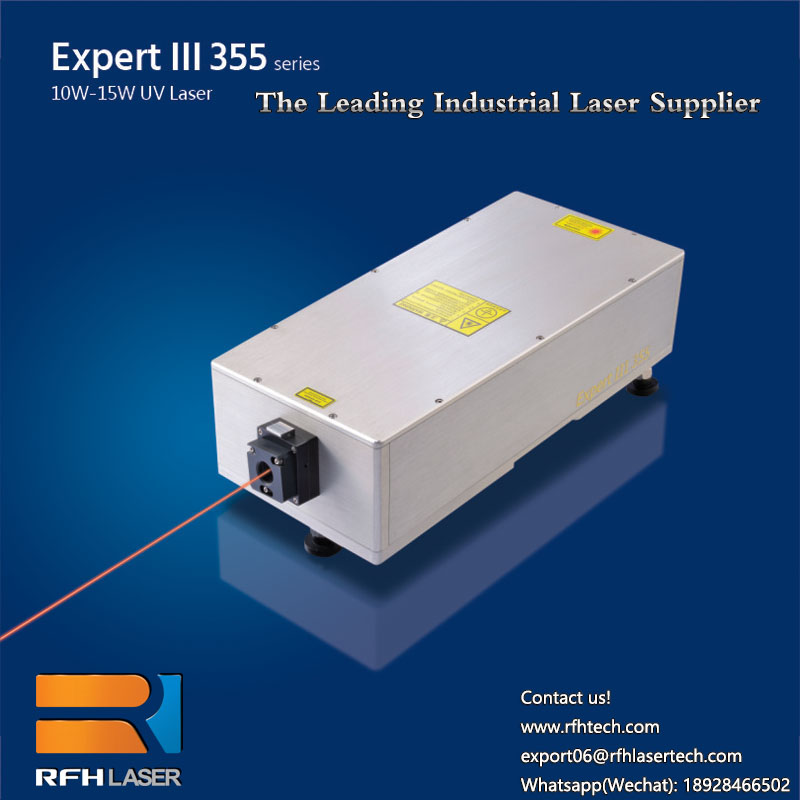Plastic Laser welding places less stress on weld pieces
Apr 14 , 2021Laser welding places less stress on weld pieces
ADVANTAGES
Seam quality. Lasers achieve excellent weld seam structure with no secondary finishing required.
Non-contact. Laser welding places less stress on weld pieces. It also eliminates tooling replacements due to wear and tear.
Cleanliness. Lasers don’t require filler materials or additives and leave virtually no debris.
Precision. A laser’s localized energy achieves excellent thermal control, low distortion, close tolerances and repeatable, consistent welds.
Easy automation. Easily integrate laser plastic welding into your automated system.
METHODS
Several laser welding methods are available and depend on the materials you need to weld. Most plastic materials that can be welded using traditional means can also be welded using one of our laser methods:
Heat conduction welding. For this method, the plastics absorb the laser energy. As the beam follows the weld path, the two plastics are brought to their melting temperature but stay below their vaporization temperature. The weld is achieved through the intimate contact of the two parts at the melted weld path—a butt weld. Conduction welding creates welds at or just below the surface—preventing welds from traveling deep into the material. The weld seam is smooth and requires no additional finishing.
Transmissive welding. Widely used in manufacturing, this was the first welding method to use lasers. The process requires a transparent upper plastic layer and an absorbing lower layer. As the beam passes through the upper layer to heat the lower layer, the lower plastic reaches its melting temperature—passing heat to the transparent upper layer. The weld occurs at the interface when both plastics reach their melting stage. In transmissive welding, both plastics must have similar melting ranges.
Transparent plastic laser welding. Also known as clear-on-clear plastic welding, this method is ideal when both plastics are mostly transparent—or in the infrared wavelength range. When two transparent parts are held together, the laser transmits its energy through the upper layer—like in transmissive welding. Instead of simply passing through the second layer, however, some of the energy is absorbed. Both layers heat to their melting point at the interface—creating a weld with little to no color change based on the materials’ cooling properties. Transparent laser welding is becoming popular in medical device manufacturing, which often requires clear plastic parts.
